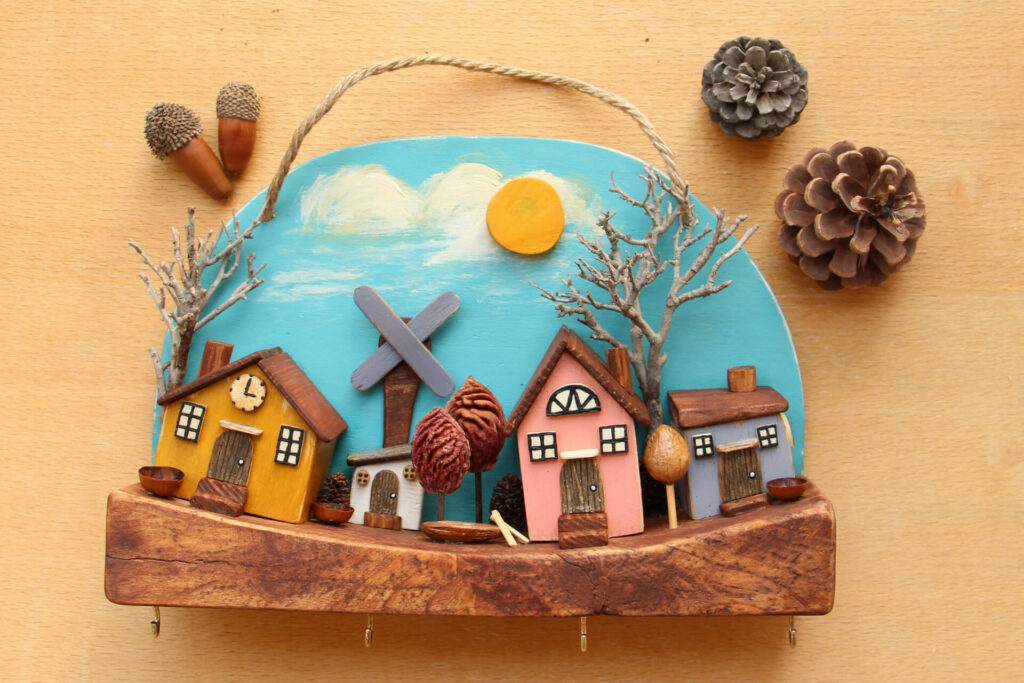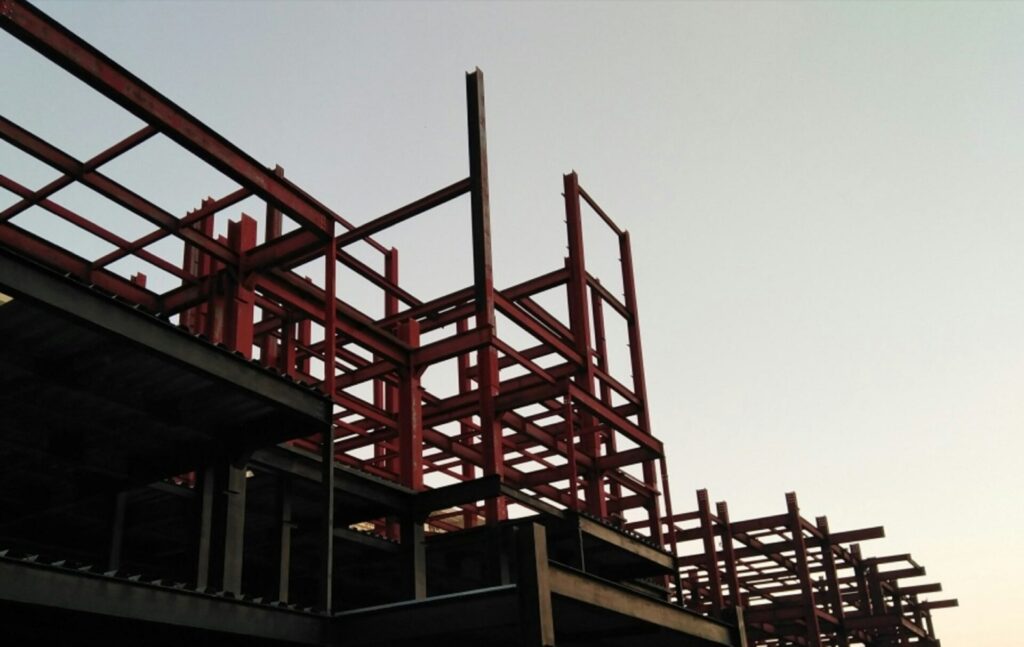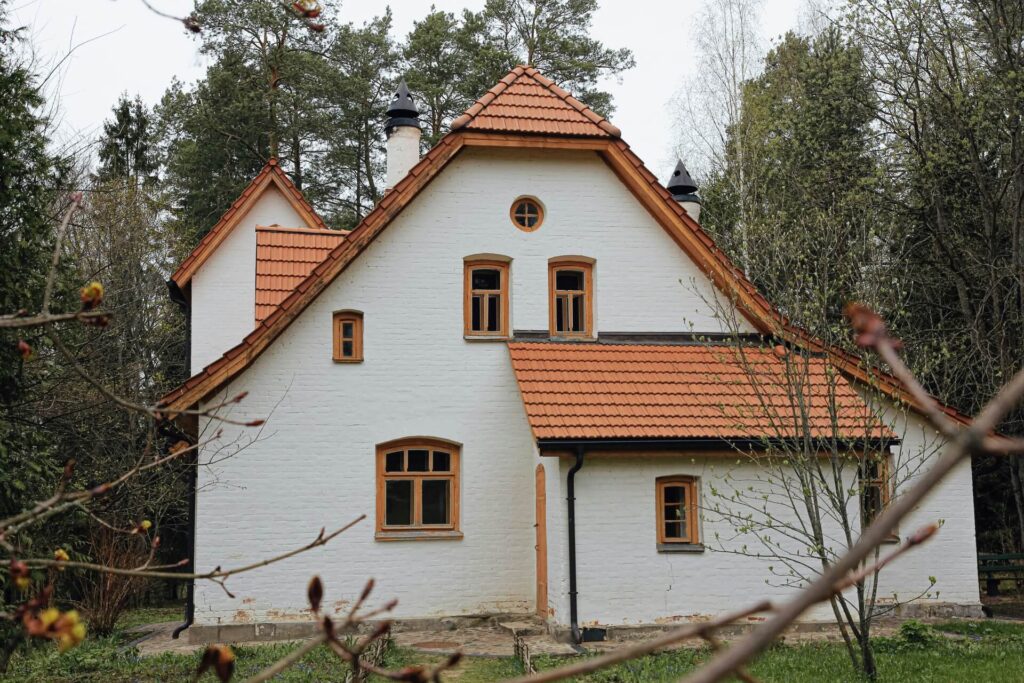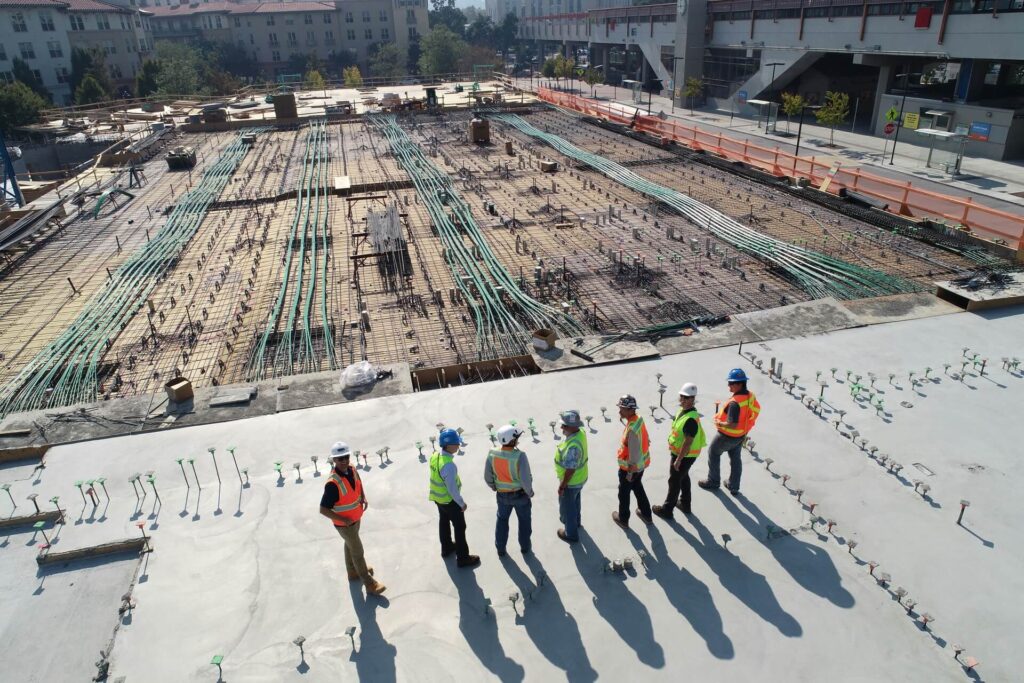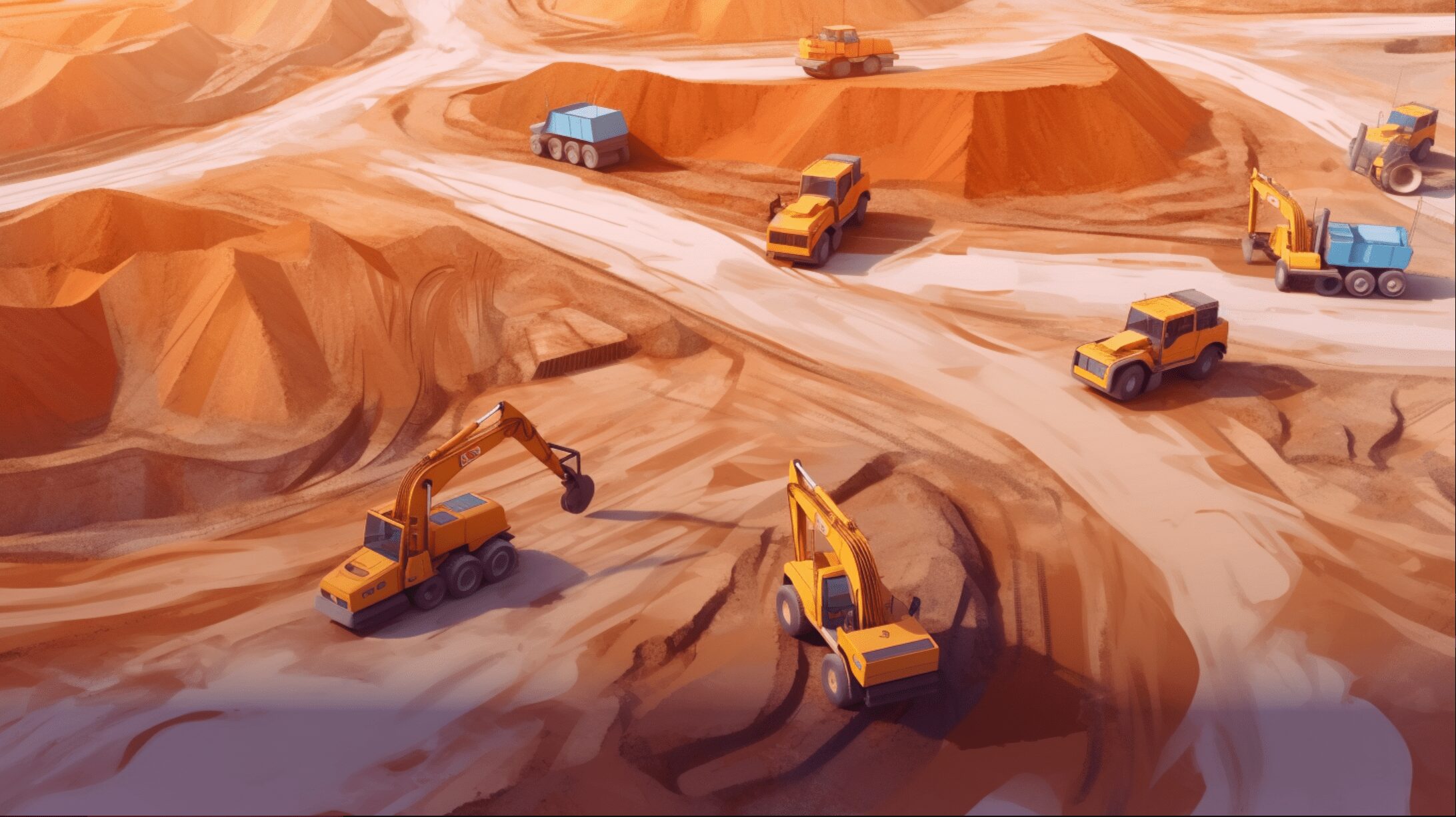
We are reader-supported. When you buy through links on our site, we may earn an affiliate commission.
Sand’s uses go far beyond building sandcastles at the beach. When you think of construction materials, you probably imagine hard, sturdy things like metal and concrete, so sand may come as a surprise. Sandcastles seem flimsy, so what type of sand is used for construction?
You can find various kinds of sand in the construction industry. More often than not, you’ll see builders use construction sand as an ingredient in concrete or other mixtures. That’s not all it can do, though.
Here’s a look at five of the most common types of sand in construction:
1. Concrete Sand
Concrete sand, as the name implies, is the most common type mixed with cement. Also called coarse or sharp sand, it consists of larger particles, making it rough and less absorbent. As a result, it’s more reliable for applications that need to endure the elements or provide structural support.
Typically, concrete sand is made of gneiss rock, granite, trap rock, or limestone. On top of being a central ingredient in concrete, it can also see use in pipes or as a leveling medium. Sometimes you’ll even see people use concrete sand to provide more traction on ice.
2. Crushed Stone Sand
Crushed stone sand bears a lot of resemblance to gravel and behaves a lot like it too. As you’ve probably guessed, this type of sand comes from crushing stone, most often granite or limestone. Crushed stone is an affordable alternative to other concrete components, providing similar levels of strength and resilience.
Since it’s both strong and affordable, you’ll see it a lot in road construction. Road workers will often use it as a base layer before laying down smoother asphalt. You can also see it used for plastering and mortar mixing in some circumstances.
3. Utility Sand
While most concrete and crushed stone sand consist of limestone or granite, utility sand typically comes from quartz. It’s coarse and compacts well, despite not being washed or processed. You’ll sometimes hear people refer to it as pipe sand or fill sand, as those are two of its most common applications.
Given how well it compacts, utility sand is ideal for filling in holes. Many construction companies also use it to backfill pipes or insulate cables. Those aren’t its only applications, though, as you’ll see it as a component of concrete too.
4. Masonry Sand
Masonry sand, also called white sand, is similar to concrete sand. Unlike concrete sand, though, it’s a finer aggregate with a much more uniform particle size. As a result, it can be easier to work with, so you’ll see it in various applications.
Like concrete sand, masonry sand is a popular choice to mix with cement. Many builders also use it in mortar, as joint sand under pavers, or in patio construction. Its attractive appearance makes it an excellent choice for any exterior work.
5. Beach Sand
Most of the sands used for construction aren’t what you’d find on the beach. Sometimes you’ll see construction companies using beach sand, but not for the same applications as other types. Most sands from beaches or the ocean have some durability issues, but their fine texture is ideal for creating soft surfaces.
Things like playgrounds and volleyball courts are the most notable uses of beach sand in construction. It’s too absorbent and soft for many construction purposes, but it feels and looks excellent.
The Types of Sand That Keep Construction Running
Some companies use different terms for these types of sand or may group some of them. No matter how you divide or name them, though, there are multiple types of sand used for construction that you can choose from. Each has unique qualities that make it more or less ideal for different purposes.
Though it may seem strange at first, sand is an essential part of construction. Knowing your different options will help you find the right material for the job.

